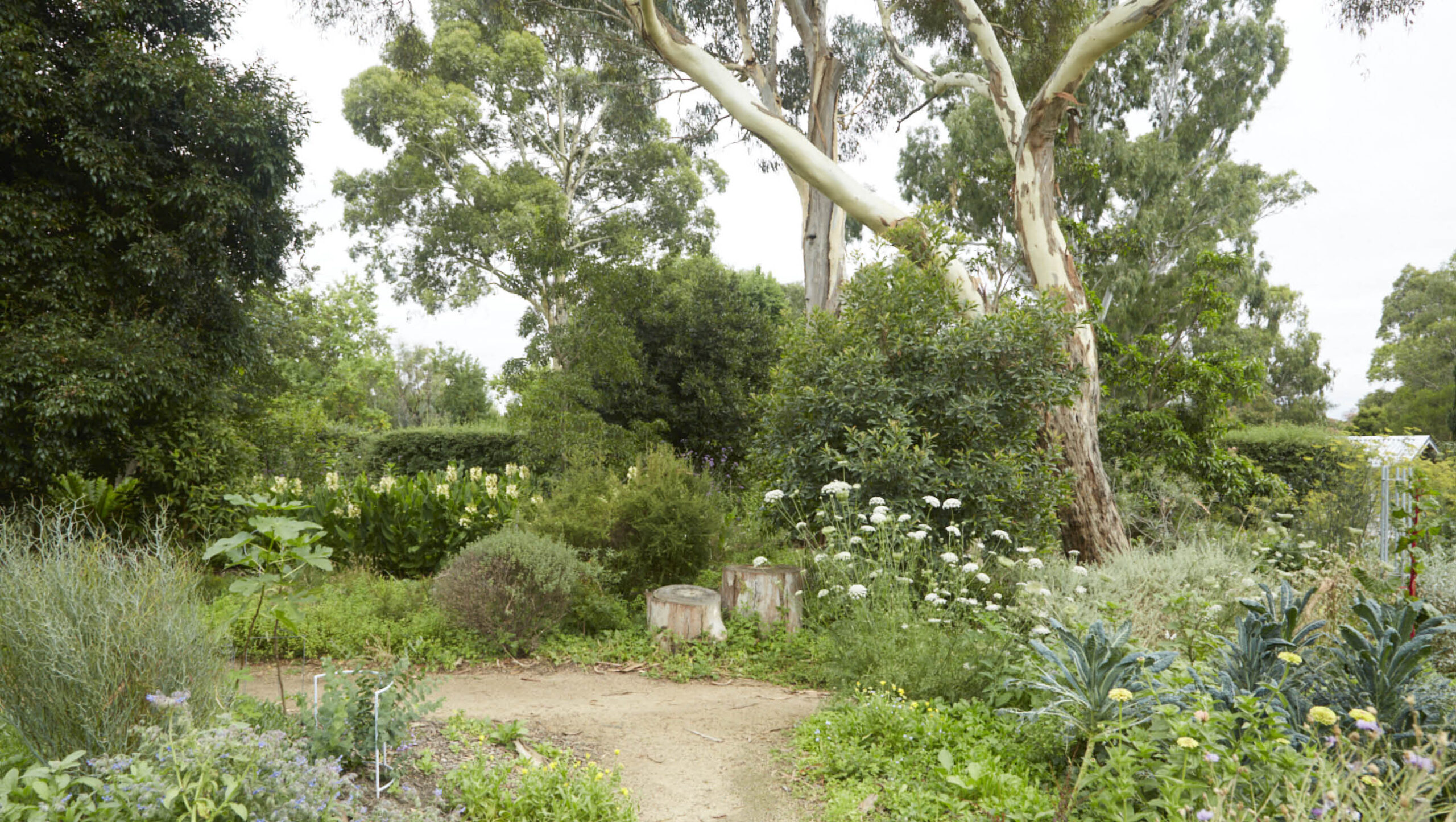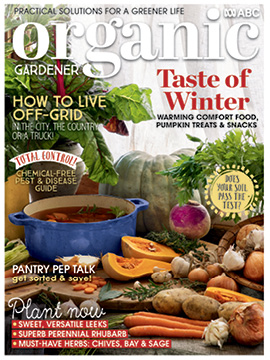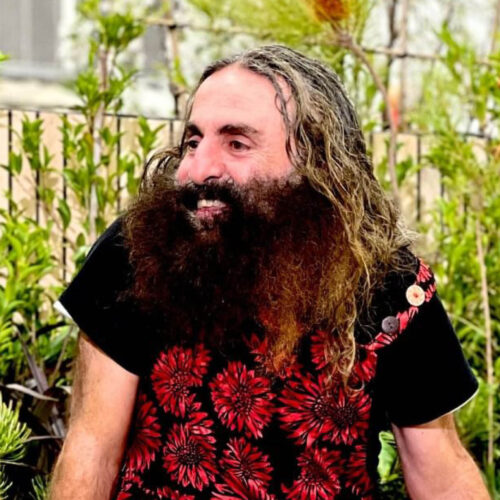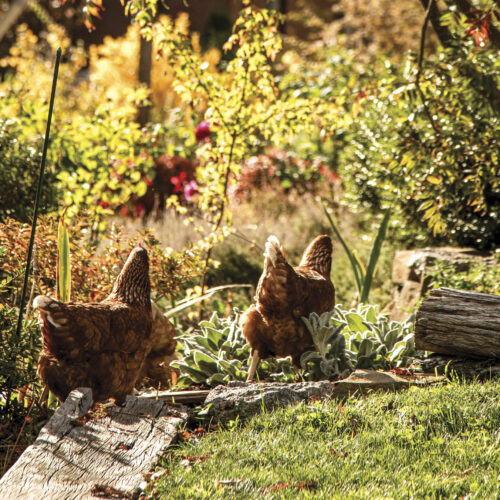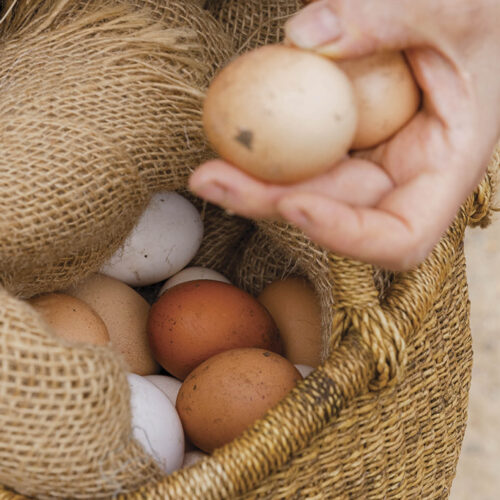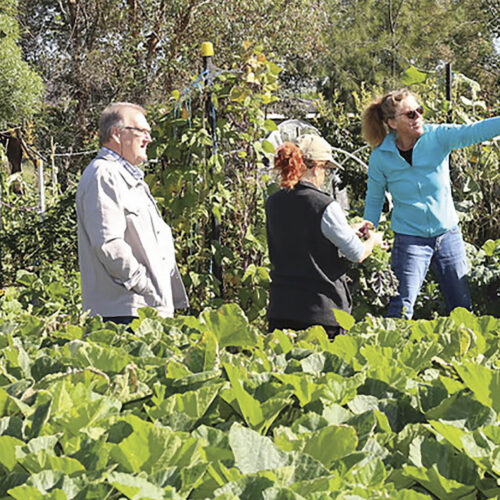A garden for the senses
2023-07-24T06:53:26+10:00
Jessamy Miller visits Heide Museum of Modern Art, with its rich cultural and plant history and many sensory and food gardens.
Heide Museum of Modern Art is nestled along the Yarra River in the quiet suburb of Bulleen, Melbourne, Victoria. It is a space where art, architecture and nature interact unpredictably. Heide’s three galleries are set in a sculpture park with sloping lawns, established trees and rambling gardens.
The latest initiative is a healing garden, which opened in 2021. It was designed to be fully accessible and to offer tranquillity and rejuvenation through a sensory experience. Inspired by the site’s rich past, it is a modern interpretation of a romantic, old-fashioned garden.
Heide has a long history as a cultural site. The area along the Birrarung/Yarra River was once a significant Wurundjeri gathering place, and its unspoilt beauty was later popular with the Heidelberg School of Australian Impressionism. A barren, former dairy farm when bought by art patrons John and Sunday Reed, Heide became a meeting place for the Reeds’ circle of artists and radical thinkers. For Sunday particularly, the garden was a personal creative project, a shared endeavour, and a place of joy.
More than one garden
The healing garden comprises the scented entries, a sensory kitchen garden, bush tucker garden, meadow, wild garden and haptic play area.
To stimulate the senses, scented plants mark the gardens entrances, including Sunday’s original roses, winter daphne, star jasmine and English lavender.
The sensory kitchen garden adjoins the rows of a more formal and highly productive kitchen garden already on site. It contains free-flowing plants and herbs, including the tall waving heads of blue ornamental onion, plus flowering dill and German chamomile. The bush tucker zone expanded the scope of the native plantings in the original garden.
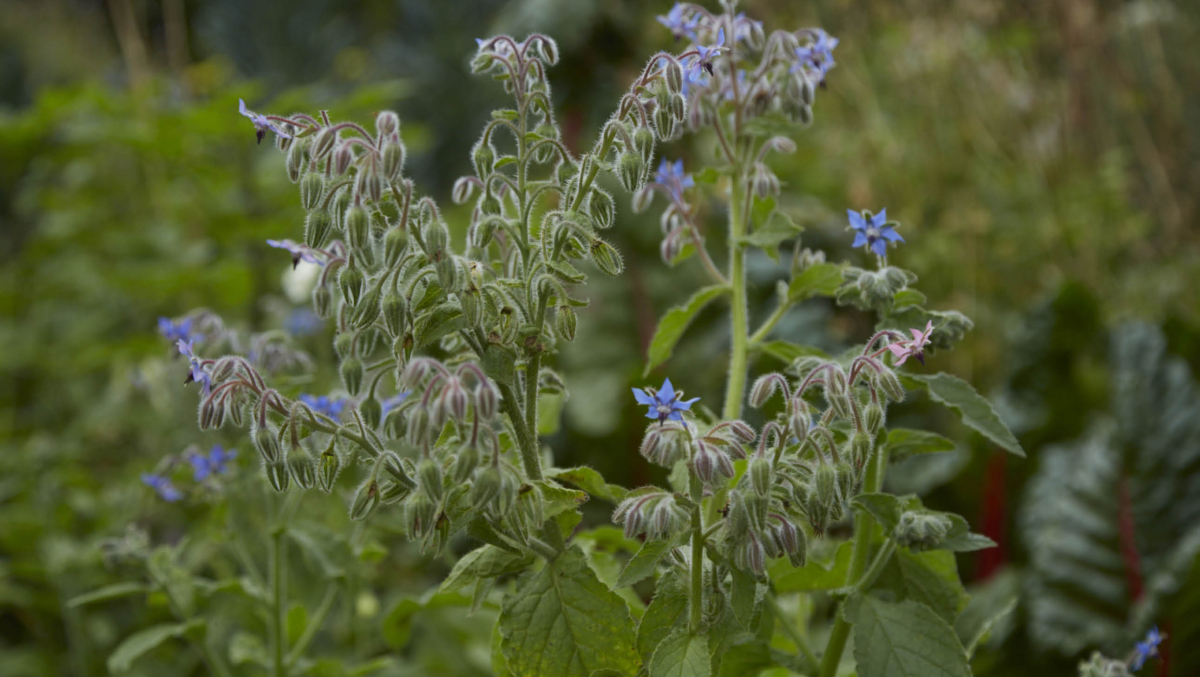
“It has a selection inspired by bush flower essences, used in natural healing, such as crowea and flannel flower. There’s also bidgee widgee and chocolate lily, plus edibles like saltbush, warrigal greens and midgen berries for the Heide cafe to use,” Liz says.
The meadow is a floating sea of umbels, which changes with the seasons. Its design references the English garden designer Gertrude Jekyll, and it contains the widest variety of species.
“It’s about height and softness and movement and I highlighted blue and purple, Sunday’s favourite colours,” Liz says. “It combines the feathery effects of longhair plume grass with tall flowers such as yarrow, verbena, penstemon and globe thistle, and crackly strawflowers and nigella seedheads.”
Inspired by the climbing roses of the original Heide, the wild garden is a space deliberately maintained to appear artless and natural, with white cosmos, white echinacea, and white and purple salvias.
The haptic gardens tactile and immersive (haptic means relating to sense of touch). It is easily accessible and has a water feature at its heart that allows for listenting and touching. This area was specially designed for those on the autism spectrum. Plants include clay wattle, bottlebrush, creeping banksia, billy buttons and kangaroo grass.
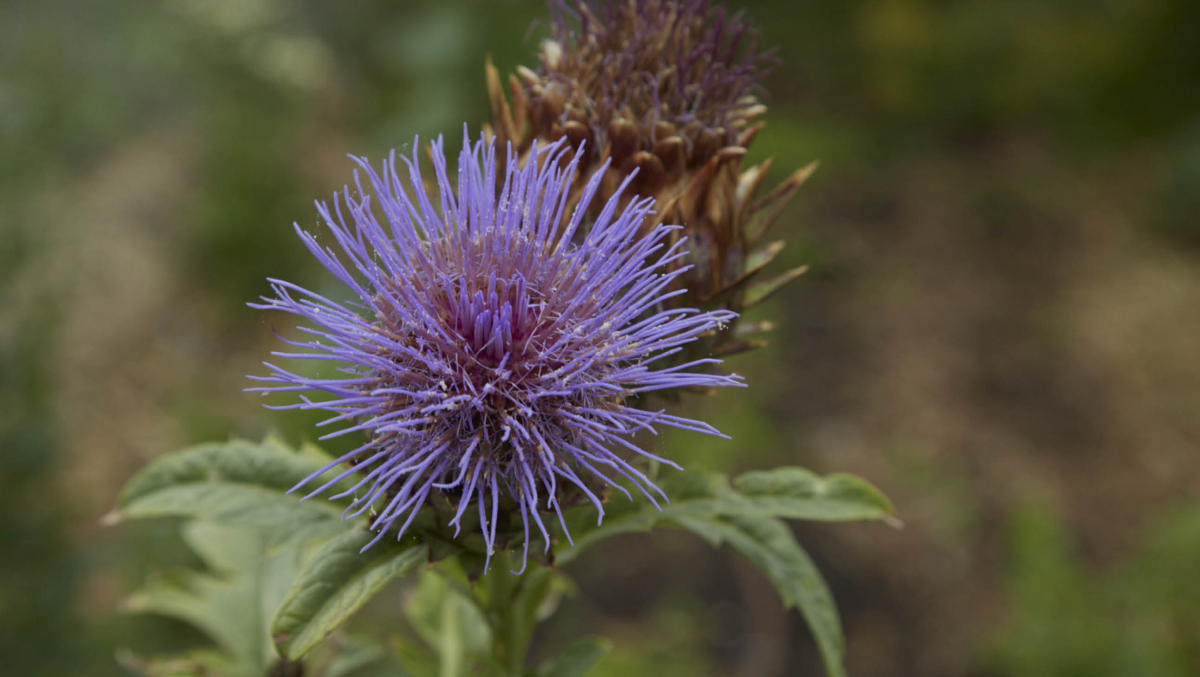
Seats scattered throughout the garden invite quiet contemplation.
“The seatings are important; I spent a lot of time just being on site and finding the most beautiful views and aspects. The limestone used for the seats was an amazing find; the blocks were lying in the garden behind a shipping container, left over from building Heide II in the 1960s. I created single and group seatings and made them bespoke with pastel coloured arm and back rests,” Liz says.
The garden is enchanting, overblown and romantic.
“For me, the nicest part of creating the garden was that it was collaborative,” Liz says. “I worked with the five permanent garden staff at Heide, volunteers came in, and many people who had been associated with the Reeds visited and shared their stories and insights from the past. It all fed into this restorative healing garden. I hope Sunday would love it, it’s full of her influence and full of stories, it’s really very special.”
Learn more about the garden at: heide.com.au
For a more complete list of the plants in the gardens,based on 2022, see landscapeaustralia.com article: Light, movement, growth: The Heide Healing Garden.
This article first appeared in our Autumn 2023 issue (OG 140). For more organic gardening ideas get the most recent copy of the magazine here.

